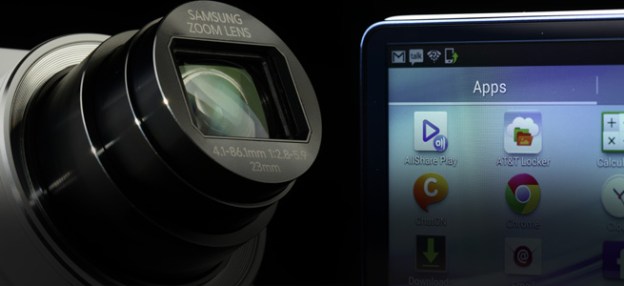
Speaking at the Japan New Economic Summit in Tokyo, Android co-founder Andy Rubin revealed that Android was originally supposed to be an OS for “Smart cameras.”
“The exact same platform, the exact same operating system we built for cameras, that became Android for cellphones,” said Rubin, according to PC World. Presenting slides from his original investor’s pitch back in April 2004, he showed how the Android team transitioned from a fancy webcam op to the mobile line we know today. Photos taken with the prototype camera would have been stored on a cloud known as the “Android Datacenter.”
Their pitch from five months later showed drastic changes, calling Android an “open-source handset solution,” playing up the connectivity, and playing down the camera angle.
Rubin explained: “We decided digital cameras wasn’t actually a big enough market – I was worried about Microsoft and I was worried about Symbian, I wasn’t worried about iPhone yet.” Apple wouldn’t be in the market until 2007, giving the team two years of direct competition with its principle players. “We wanted as many cellphones to use Android as possible. So instead of charging $99, or $59, or $69, to Android, we gave it away for free, because we knew the industry was price sensitive,” he said. Last month, not even eight years later, they reached the 750 millionth online Android device.
Rubin, who recently stepped down as the Android team’s head, added, “I can pretty much guarantee you that whatever I do next it’s going to be something that delights consumers.”
Editors' Recommendations
- How to turn your old phone into a security camera
- How to turn off the camera shutter sound on an Android phone
- This tiny Android phone almost ruined the Galaxy S23 Ultra for me
- This bright orange phone has a pop-out camera unlike anything I’ve seen before
- 5 Android camera features that I need to have on my iPhone


